By Matt Gergyek
Photos by Justin Tang
When Alicia Stewart, who graduated last spring from Carleton University’s Industrial Design program, was tasked with working at BEING Studio to create a comprehensive design for her thesis project, she never expected to develop such a personal connection to the space.
For months, Stewart went each Thursday to the studio, an Ottawa non-profit art space supporting artists with developmental disabilities working in visual art and creative writing. There, she would interact with artists and staff to understand what she could design to benefit their craft.
“Art was very freeing for them. It’s a way to say something persons with disabilities can’t always verbalize,” Stewart says.
“They create something of their own.”
A few weeks in, sparks began to fly and an idea clicked.
Stewart noticed that supplies found in the average art kit posed major challenges for people with cognitive disabilities, often leading to damaged or wasted material – water cups could leave paint brushes ruined and a lack of guiding tools for mixing paint led to undesirable colours that had to be thrown away.
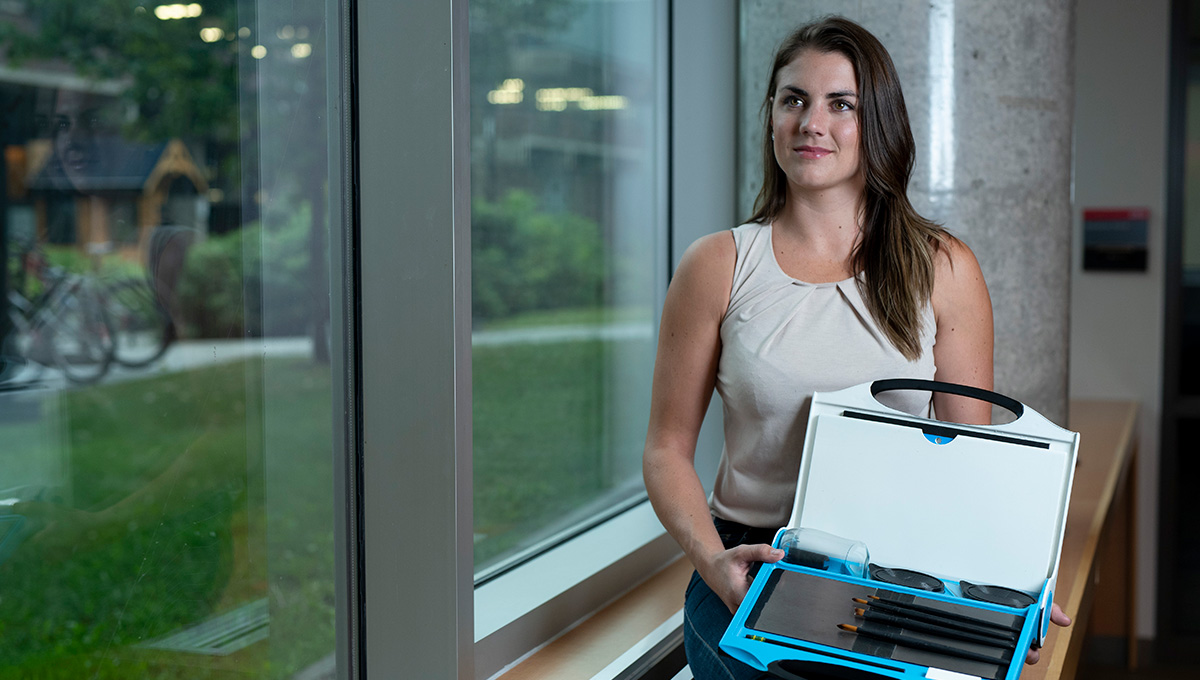
Alicia Stewart and her comprehensive art kit.
In the end, Stewart developed a brush cleaning device which guards against damage and a set of reusable paint mixing cards and integrated them into a comprehensive art kit specially designed to transcend barriers to creating art faced by people with cognitive disabilities.
“I came up with tools that would give the artist a bit more freedom and autonomy and guide them using design cues so that they didn’t have to think about what steps to take. it was just kind of intuitive.”
Her hard work paid off. Stewart’s art kit, along with the forward-thinking designs created by four other graduates, took home a gold award from the national Innovative Design for Accessibility (IDeA) competition run by Universities Canada.
Stewart’s design, overseen by Industrial Design Prof. Lois Frankel, received one of five first-place prizes from more than 51 submissions.
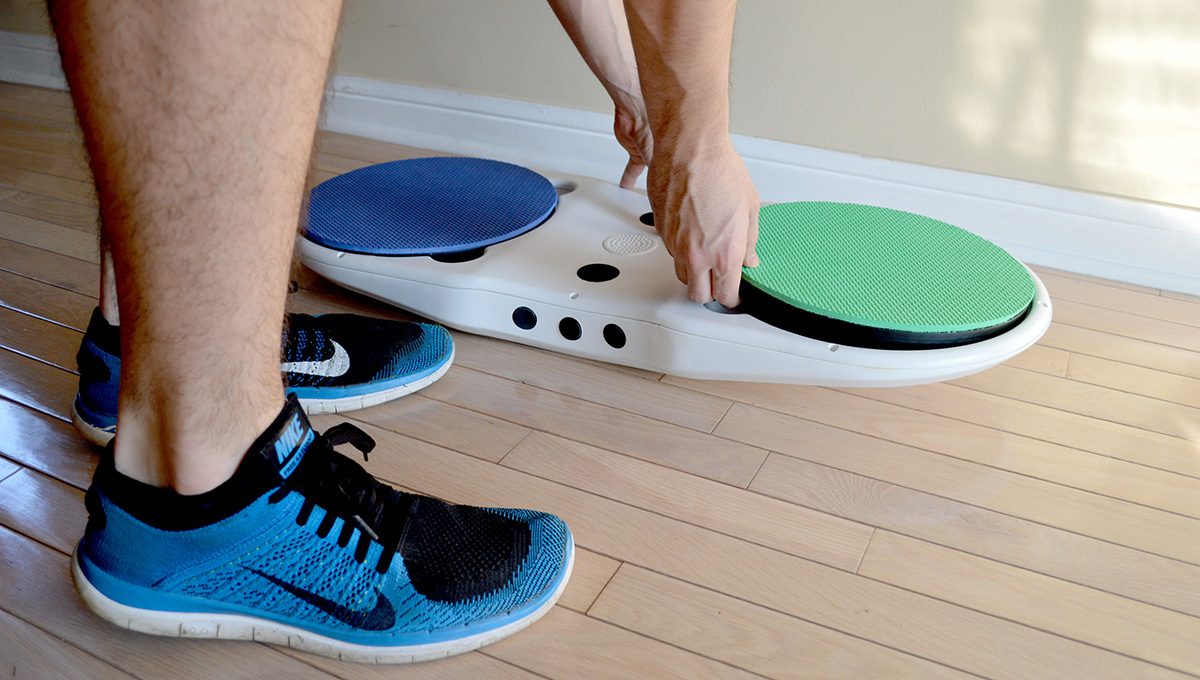
Cost-Effective and Practical Solutions
for Persons with Disabilities
The competition, first launched in 2012, challenges students “to use their creativity to develop innovative, cost-effective and practical solutions to accessibility-related issues resulting in communities that are more accessible for persons with disabilities,” according to the website.
Carleton students also won two silver and a bronze award in this year’s competition.
“Normally you don’t see competitions that focus on people who may have been neglected by design,” says Industrial Design Prof.
Chantal Trudel, who oversaw three student projects. “This competition starts to normalize inclusive design and supports a culture around accessibility.”
“It’s really exciting for us because so much of our work at this school focuses on how to improve well-being and health through design,” Frankel adds. “Is there a gap, is there something we can try and improve? Industrial designers love to make peoples’ lives better through our work . . . and this competition supports this idea and ideal.”
For his second-place project, Brandon Lewandowski worked with Westboro’s Dovercourt Recreation Centre to help seniors improve and strengthen their balance.
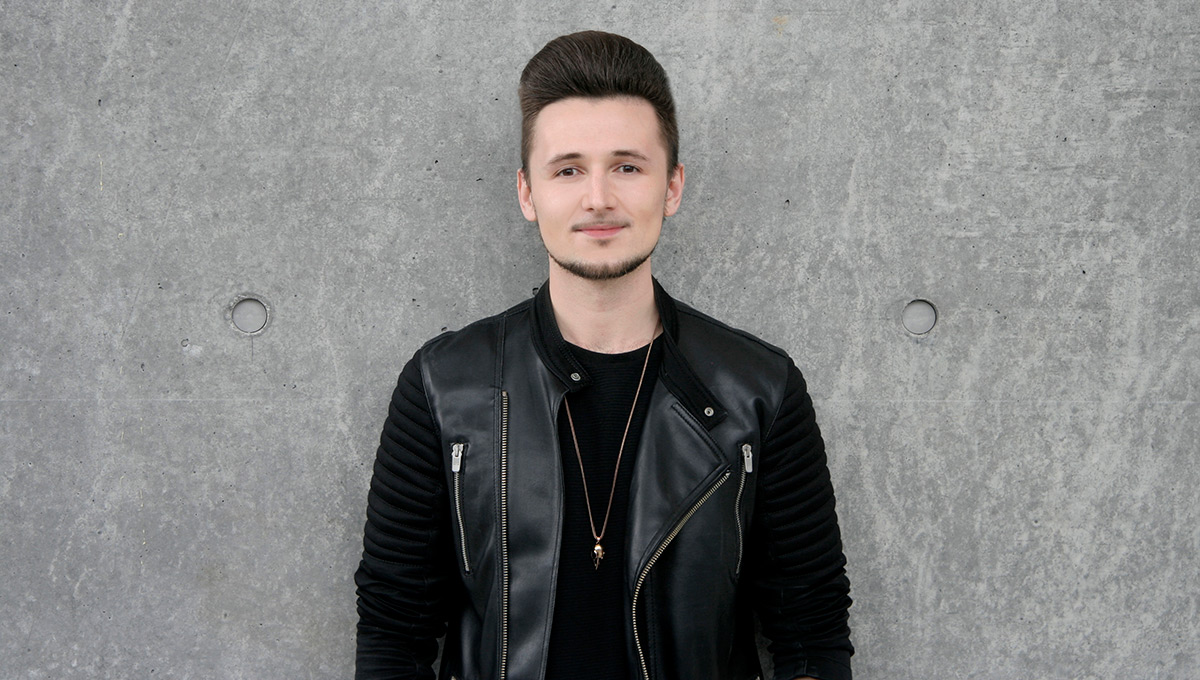
Brandon Lewandowski
In 2013, only some 12 per cent of older adults were physically active, according to Statistics Canada, but the positive impacts of physical activity for seniors are huge. The federal government notes that physical activity among people over 65 helps maintain strength, flexibility, balance and co-ordination, prolonging good health and independence in the process.
After monitoring exercise classes and testing prototypes with seniors, Lewandowski developed a synchronized, Bluetooth-powered board that revolves around a balance class, using music and vibrations to encourage participants to mimic an instructor’s motions.
“The design helps improve older adults’ balance to prevent fall injuries, placing an emphasis on music, synchronicity, creativity and social interaction,” he says. “It’s trying to make exercise in general more fun.”
Lewandowski says he hopes to continue working in sport or recreational design, but takes an interest in all specializations of the industrial design field.
“That’s the beauty of industrial design — we’re not tinkering with every single product in the world, but the idea of being able to research something for a while and adapting to a product you’re not familiar with and finding ways to benefit others is my favourite part of design.”
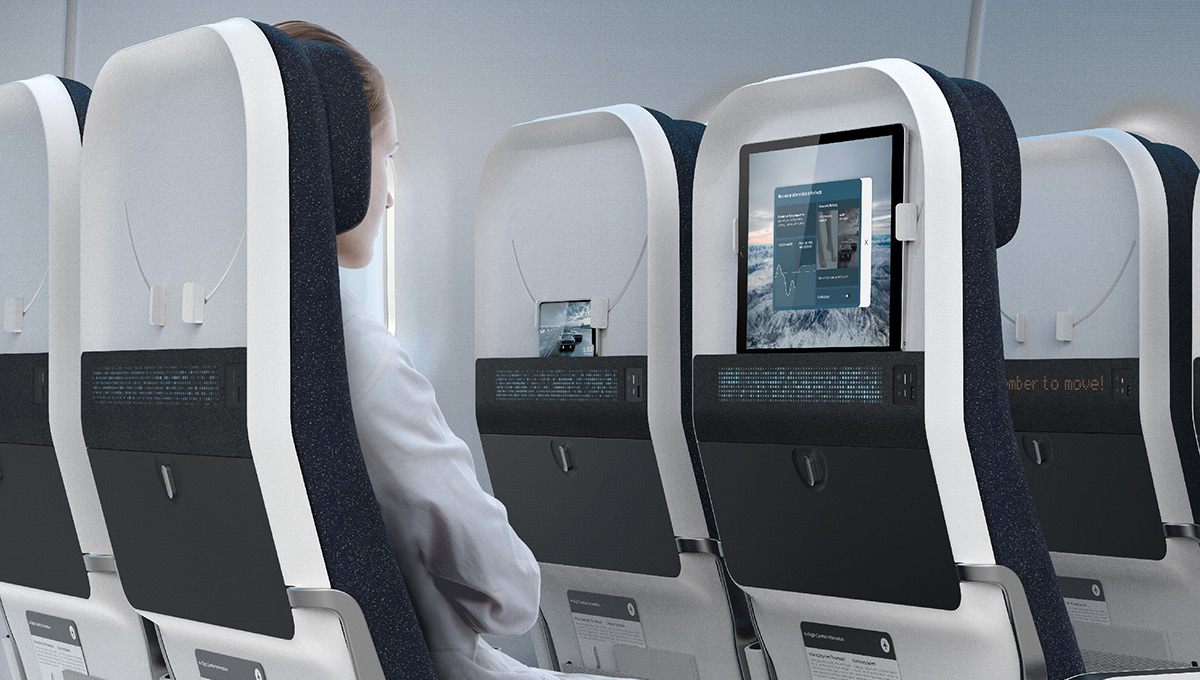
An IDeA to Make the Flight Industry More Inclusive
Meanwhile, for his second-place design, Rob Shudra turned his eyes to the sky to craft his unique prototype.
In his research into air travel at Canada’s National Research Council (NRC) flight research lab, Shudra noticed older people often suffer the debilitating effects of deep vein thrombosis (DVT) on airplanes, essentially a blood clot that forms in a deep vein inside the body, usually in the lower leg or thigh region. DVT is caused by sitting still for long periods of time, causing pain or swelling. A DVT can pose serious trouble if it breaks loose and travels to the lung, causing a pulmonary embolism. According to Thrombosis Canada, about 45,000 Canadians are affected by DVT each year.
“Conditions like this prevent people from travelling altogether,” Shudra says.
“Really, the flight industry needs to be inclusive to everyone so we can all enjoy travelling the world and having that freedom.”

Rob Shudra
Shudra began searching for a way to prevent DVT from occurring mid-flight by encouraging older people to stay active throughout the trip.
His final product was an all-inclusive seat design. The seat, synced with a passenger’s mobile device, tracks their movements using force-resisting sensors. If the system notices a passenger has been inactive for a considerable period, they receive two notifications – one to their phone and the second to an LED screen built into the back of the seat in front of them, reminding them to move.
To get active, passengers then have two options. First, they can follow along with an instructional video to complete exercises to encourage blood flow in the lower limbs, such as heel raises and leg raises. Second, passengers can play an interactive game, controlled using the pressure sensors in the seat. For example, passengers could steer a car to the left and right based on which side of the seat they apply pressure.
“The award was an incredible honour,” Shudra says. “I think it really speaks to the (Carleton) program . . . and the professors we have here. Their guidance is so incredible, and they really helped to guide our research in ways that made these final products really effective.”
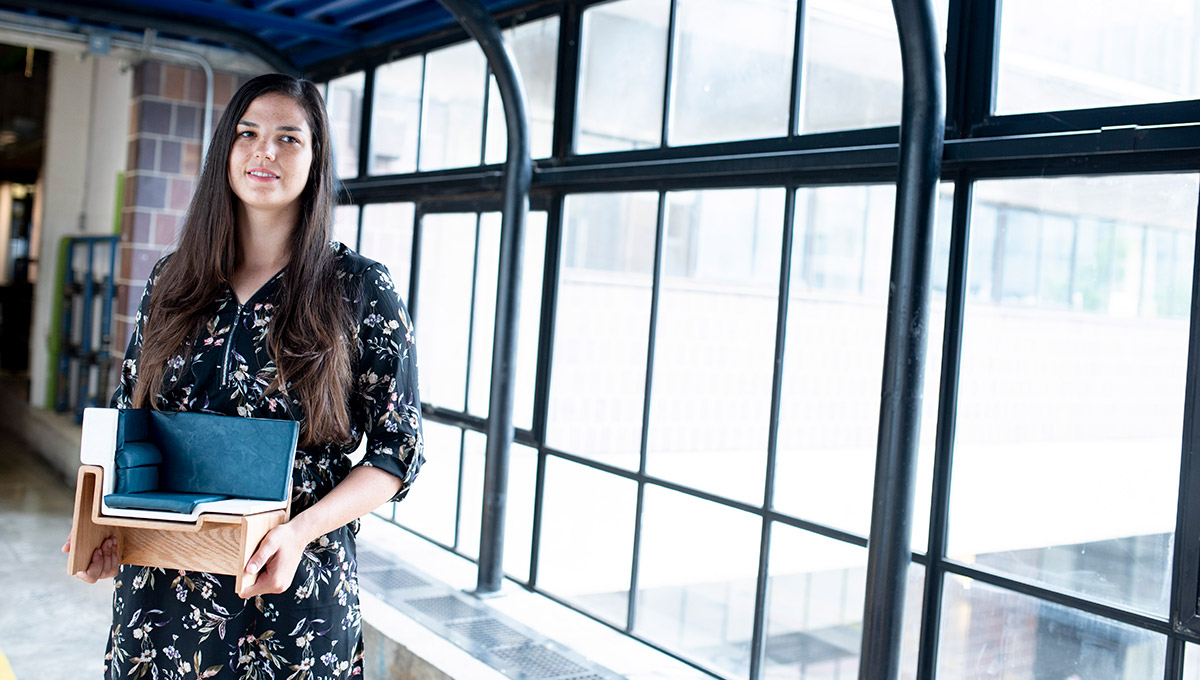
Accessible Projects that Transcend Stigma
Alanna Bamber and Jenny Suh worked with the Canada Science and Technology Museum to develop their third-place prototypes.
Bamber focused on creating a seat to transcend stigma and shaming around public breastfeeding.
“In our research, we had this one dad actually say that if he was at a museum with his wife and she couldn’t find a place to comfortably breastfeed, they would just go home,” Bamber says.
“People regularly get harassed and told to cover up, which I just found to be crazy in this day and age.”
The seat is semi-private, preventing the user from being totally isolated or segregated from friends and family. From surveys, Bamber realized a major concern when it comes to public breastfeeding is ergonomics, so the seat is heavily padded with an armrest and table for bags and breastfeeding supplies.
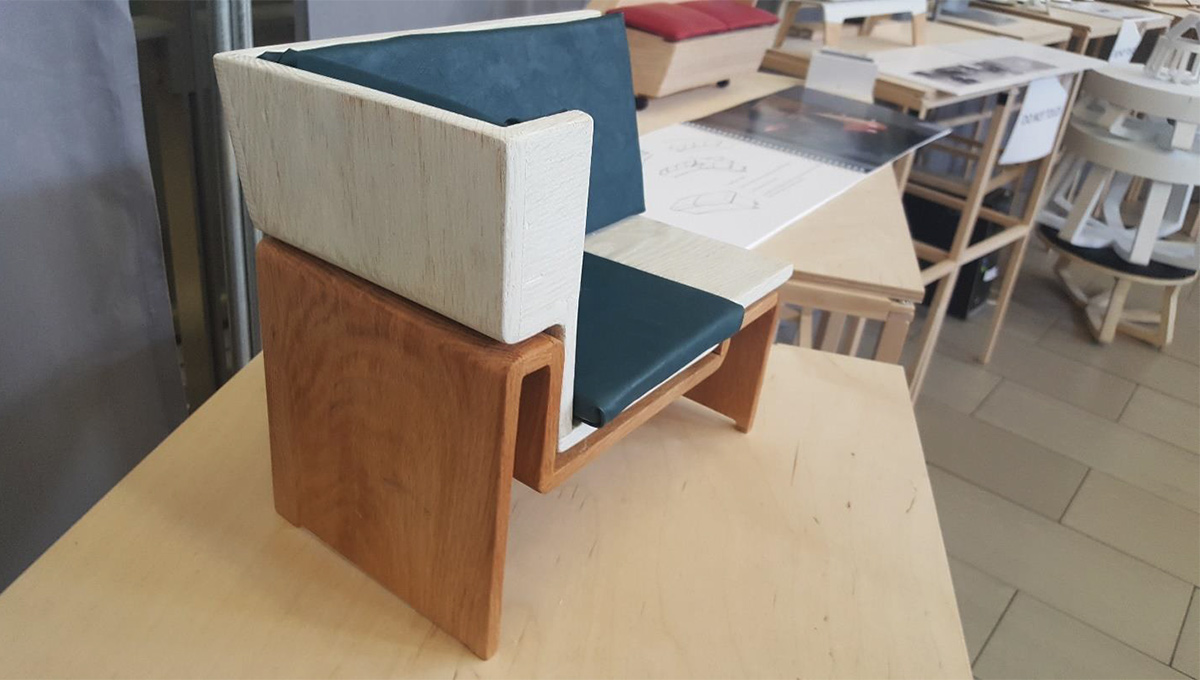
Alanna Bamber’s seat design.
“I don’t want the seat to be the only place you can breastfeed in public,” she adds. “There are tons of women who are totally comfortable and more power to them, but having that little bit of privacy as an option in public spaces is important.”
For Bamber, the project opened her eyes to the importance of public consultation and collaboration in inclusive design.
“There’s that untapped wealth of information that exists.”
Next up, Bamber will be pursuing her Master’s of Industrial Design at Carleton, focusing on inclusive designs for mental health.
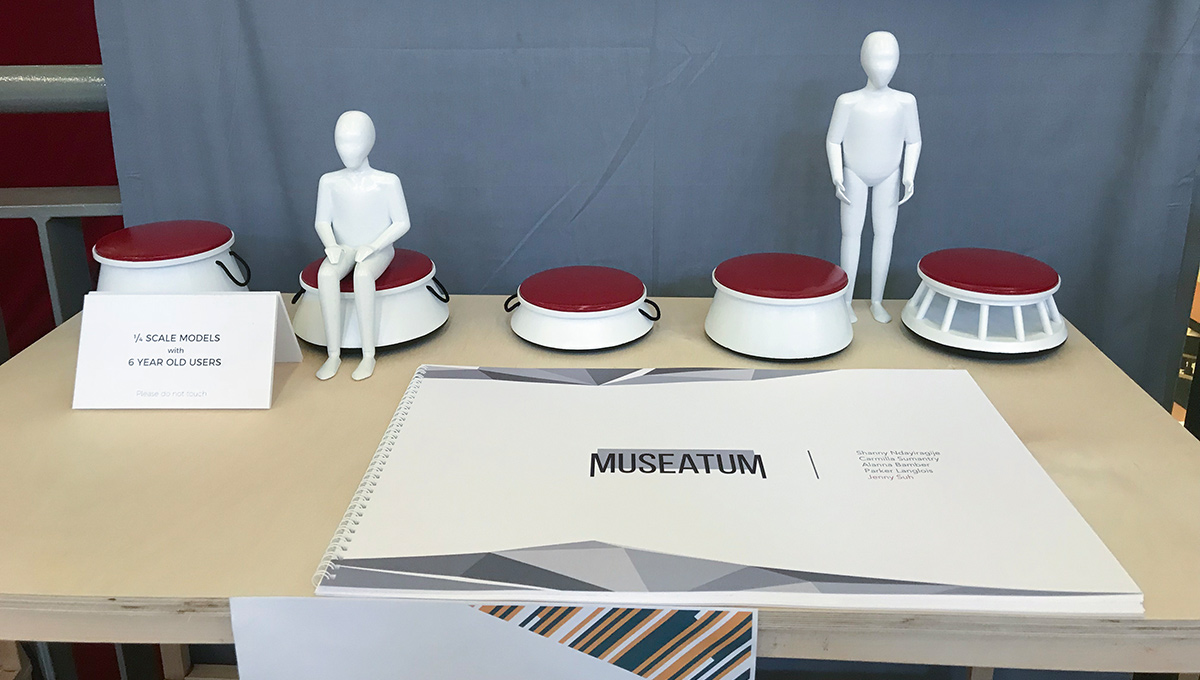
Thinking About Accessibility for Children
Suh, meantime, searched for a way to create a seating design that’s both safe and stimulating for children.
“I originally thought that making a smaller, sturdier chair was enough for children, but through interviews and testing, I found that the instinctual behaviour for children was not to sit — they want to be running around,” Suh says.
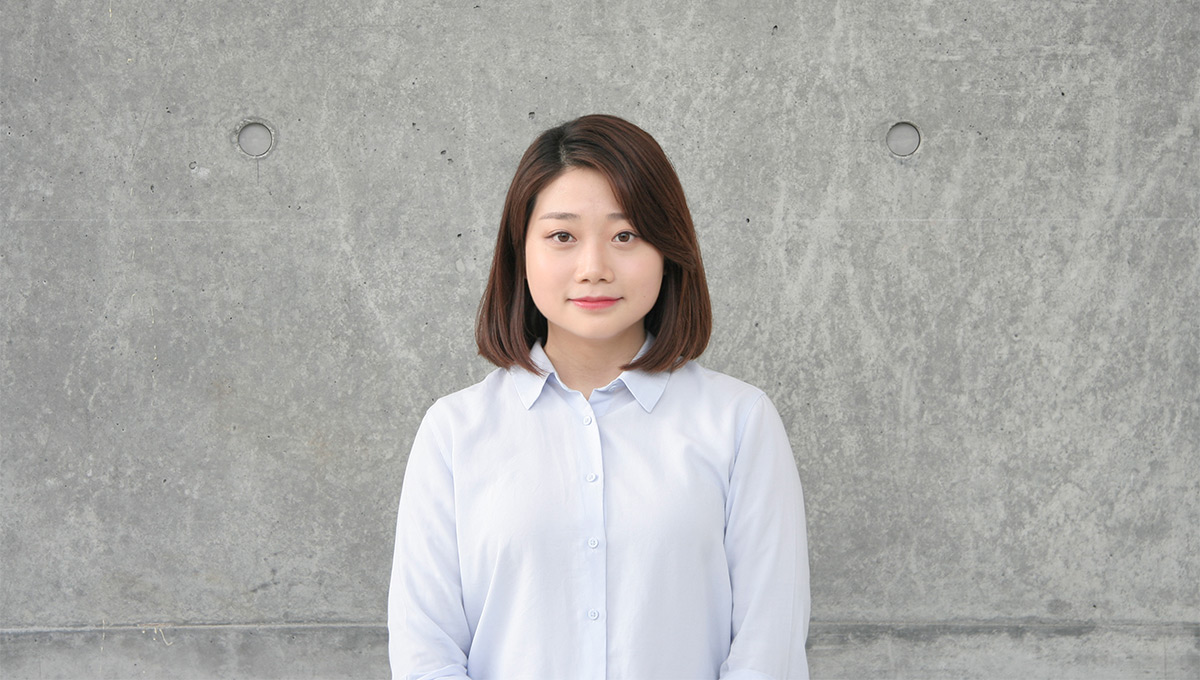
Jenny Suh
As a result, Suh’s chair is easily moveable, can be rocked back and forth, and even spun.
“Children can stay active while they’re sitting, so their parents can sit down and not have to worry about their children running off.”
Suh is currently working with Umbra, a home design company based in Toronto.
Trudel and Frankel and the graduates were thankful to their partner organizations. The graduates also had ethics approval to work with people who could be ultimate end users of their design solutions.
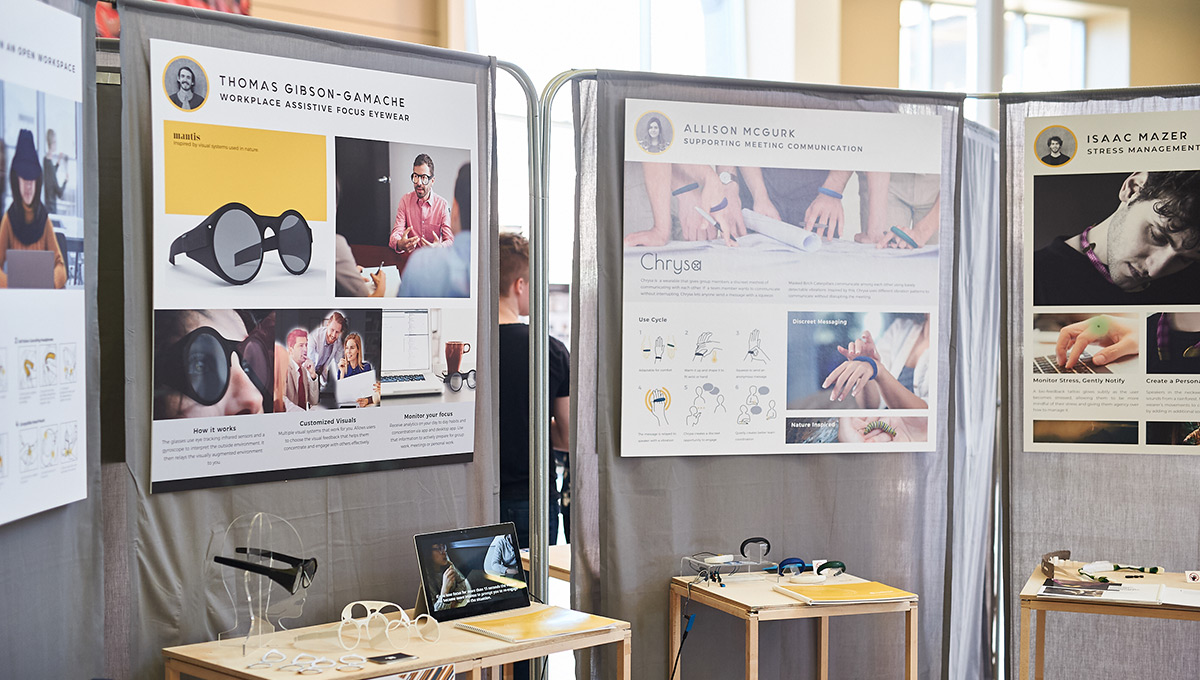
Students Focusing on Inclusive Design
It is important to note that the School of Industrial Design’s work into creating inclusive and accessible designs goes far beyond the IDeA competition. Along with the six students who submitted their projects for competition this year, Trudel and Frankel say over half the students in their fourth-year thesis classes focused on inclusive design. In this sense, the competition was the cherry on top.
“Twenty-years ago, the green and environmental trend was making waves,” says Dean Mellway, special adviser to Carleton’s Research, Education, Accessibility and Design (READ) initiative.
“Today, it’s the accessibility and inclusion trend. It’s an important time to be working in this field.”
The School of Industrial Design’s approach towards inclusive and accessible design is one of many examples of Carleton’s culture of disability awareness.
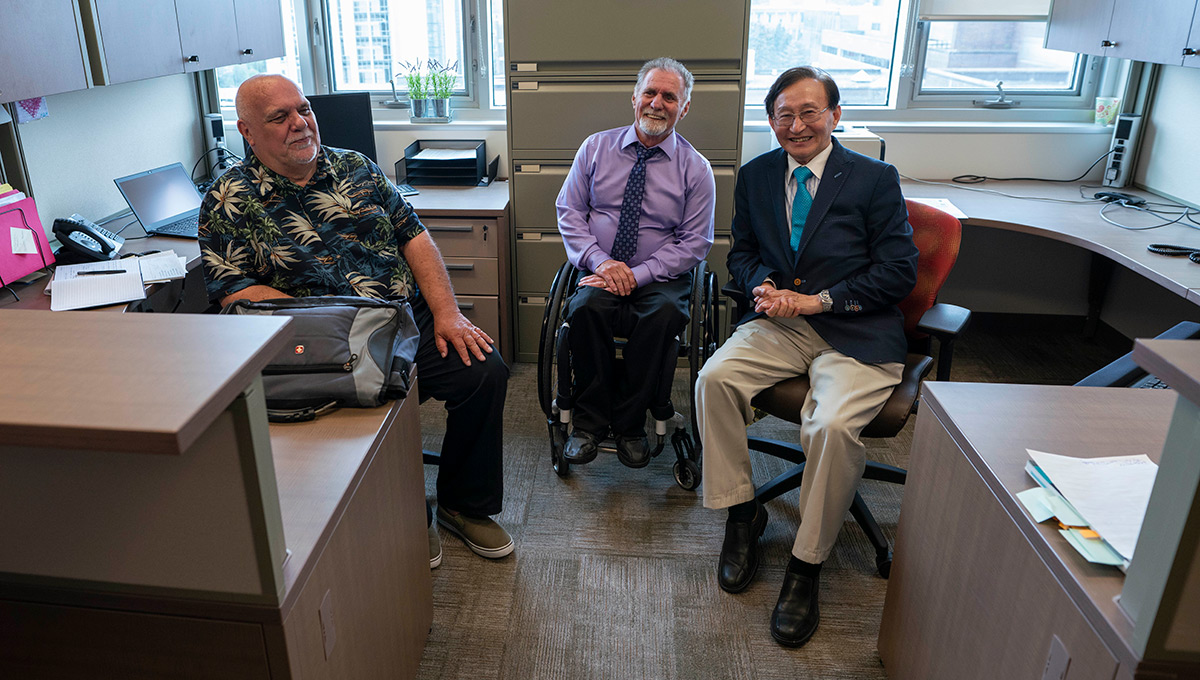
Seniors and Accessibility Minister Raymond Cho meets Dean Mellway, special adviser to READ.
The Paul Menton Centre for Students with Disabilities (PMC) has become a staple on campus, along with the From Intention to Action (FIT: Action) program, which supports student mental health, whether or not they self-identify with a disability. The Research, Education, Accessibility, Design and Innovation (READi) program is training a multidisciplinary cohort of students from Carleton, University of Ottawa and Queen’s University in the theory and practice of accessibility. Additionally, Carleton offers attendant and personal care services around the clock every day to students with disabilities living in residence.
As part of her award, Stewart will present her project at the Canadian Innovation Exchange (CIX) annual conference taking place in Toronto on Monday, Oct. 22, 2018. She will be joined by fellow first-place winners from McMaster University, Memorial University of Newfoundland, Université Laval and York University.
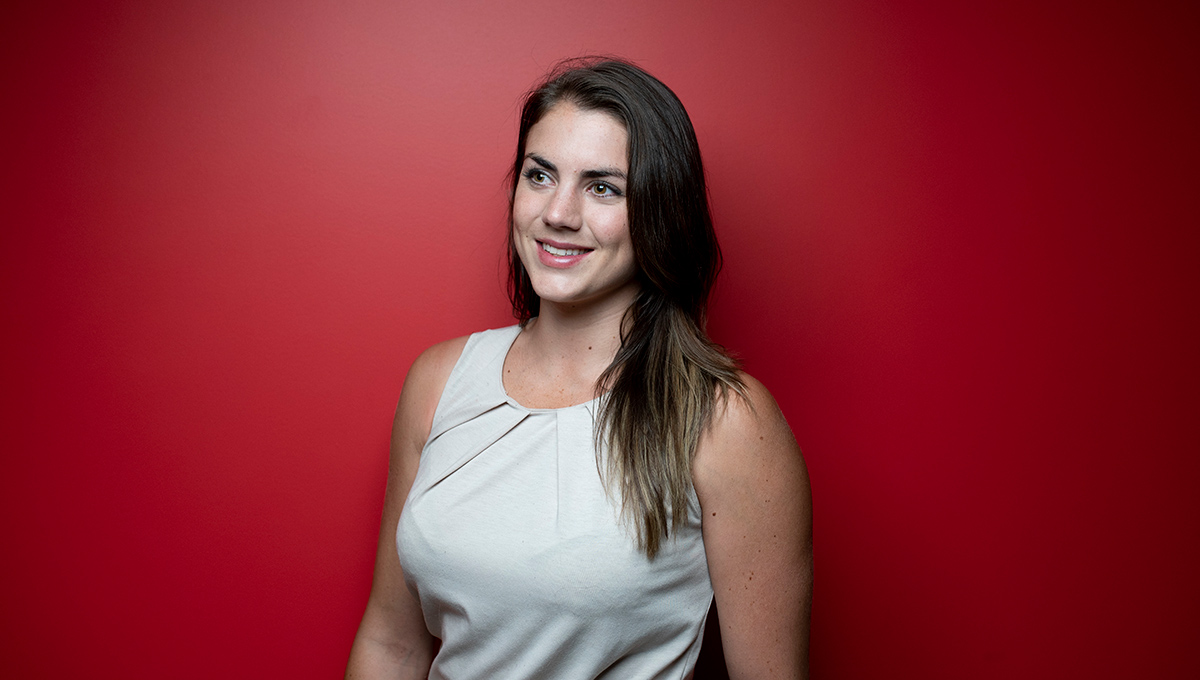
Wednesday, October 3, 2018 in Accessibility, Competitions and Awards (External), Feature Stories, Health, Industrial Design, Undergraduate
Share: Twitter, Facebook



